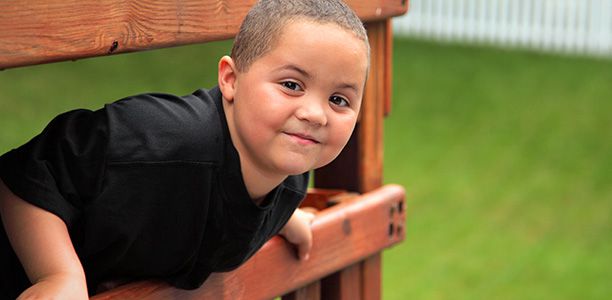Nearly one in four New South Wales school children are overweight or obese according to a University of Sydney study reported in today’s Medical Journal of Australia.
The new finding is the latest from a series of three statewide school surveys (1997, 2004 and 2010), providing a rolling snapshot of children’s weight, physical activity and dietary behaviours.
Beginning in 1997 when school survey data showed that one in five children were overweight or obese (20%), prevalence peaked at 24% in 2004 before dropping slightly to 23% in 2010, according to the latest survey data.
The study also reveals new information about diet, lifestyle and obesity among Aboriginal children.
Conditions such as obesity, heart disease, stroke and Type 2 diabetes are more prevalent among Australian Aboriginal people but until now there’s been limited data about diet, lifestyle or obesity among school-aged Aboriginal children.
The latest survey of more than 8,000 children reveals that nearly one in three aboriginal children are overweight or obese (29%), compared to nearly one in four (23%) among non-Aboriginal children.
“Childhood is a period when education about healthy eating and physical activity is vital for establishing healthy practices in later years,” says study co-author and University of Sydney public health expert, Dr Blythe O’Hara.
“This is because childhood obesity predicts obesity in later life and raises people’s risk for health problems such as coronary heart disease, hypertension, stroke, and Type 2 diabetes.”
Other key findings from the 2010 survey include:
- Approximately 35 to 50% of non-Aboriginal and Aboriginal children ate dinner in front of the television
- Approximately 50 to 60% of non-Aboriginal and Aboriginal children were rewarded for good behavior with sugary foods
- Non-Aboriginal children were more likely to have breakfast every day (79 per cent compared to 70% in Aboriginal children)
- Non-Aboriginal children were less likely to exceed the daily recommended screen time (no more than 2 hours daily)
- Overall, there was no significant difference in physical activity levels between Aboriginal and Non-Aboriginal children
- Physical activity levels were higher among older children (grades 6-10) than younger children (grades K-4).
(Source: The University of Sydney, Medical Journal of Australia)










